17th century
Artworks 111 to 120 of 127:
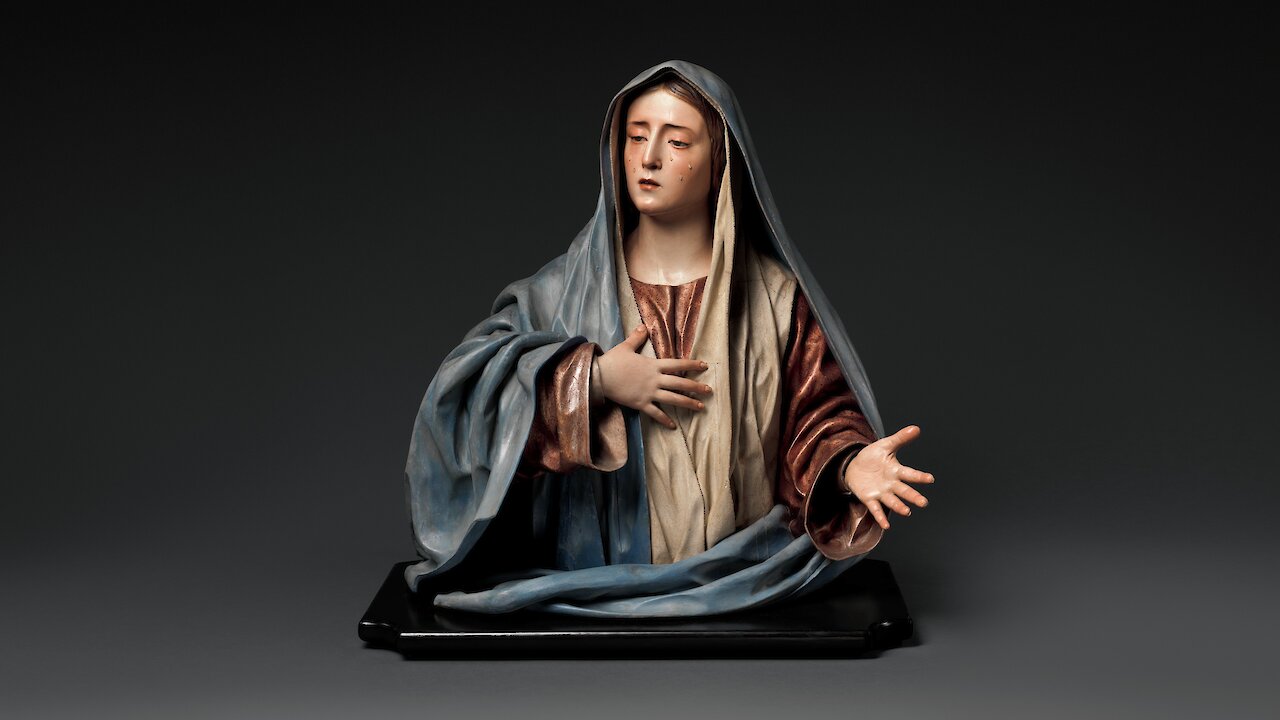
Mater Dolorosa
by Pedro de Mena, circa 1674–1685
- Medium
- Partial-gilt polychrome wood
- Dimensions
- Sculpture only: 24 13/16 × 23 1/8 × 15 in (63 × 58.7 × 38.1 cm); on black base: 26 × 24 3/4 × 16 1/2 in, 44.2 lb (66 × 62.9 × 41.9 cm, 20 kg)
- Credits
- Purchase, Lila Acheson Wallace Gift, Mary Trumbull Adams Fund, and gift of Dr. Mortimer D. Sackler, Theresa Sackler and Family, 2014.
- Location
- The Metropolitan Museum of Art (The Met)
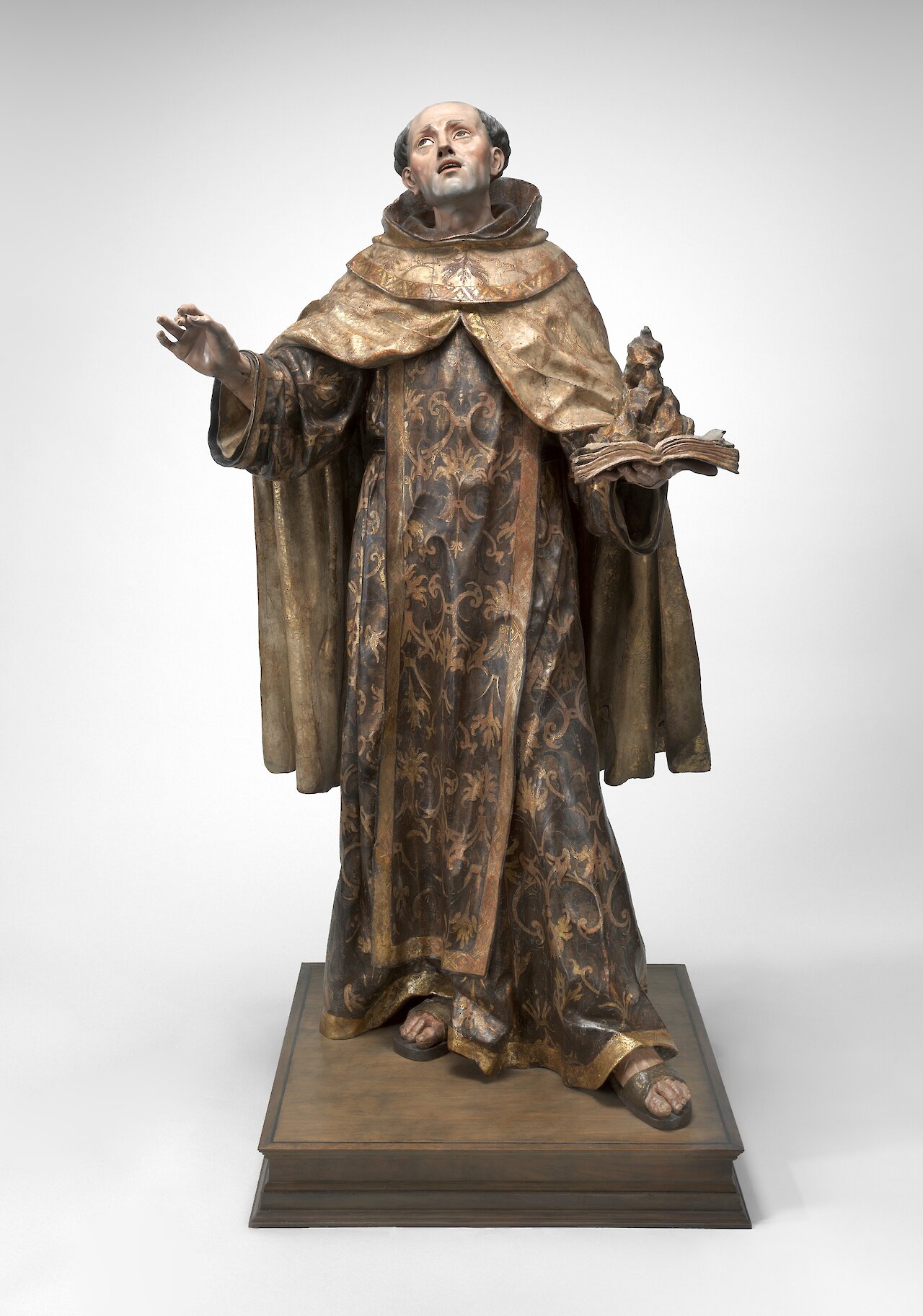
Saint John of the Cross (San Juan de la Cruz)
by Francisco Antonio Ruiz Gijón, 1675
- Medium
- Polychromed and gilded wood with sgraffitto decoration
- Dimensions
- 167.96 x 93.35 x 74.3 cm (66 1/8 x 36 3/4 x 29 1/4 in)
- Credits
- Patrons’ Permanent Fund.
- Location
- National Gallery of Art
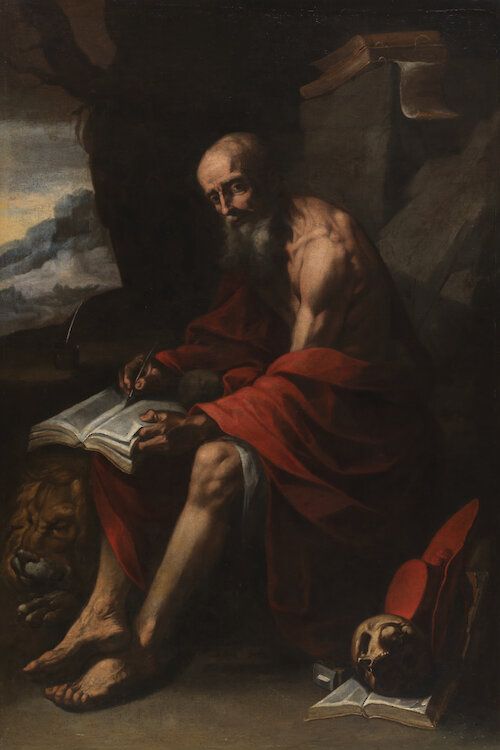
Saint Jerome
by Sebastián de Llanos Valdés, 1676
- Medium
- Oil on canvas
- Dimensions
- Image: 66 3/4 x 44 1/8 in. Framed: 77 1/2 x 55 1/2 in.
- Credits
- Gift of Mr. and Mrs. John Jacob Gurdus
- Location
- Chrysler Museum of Art
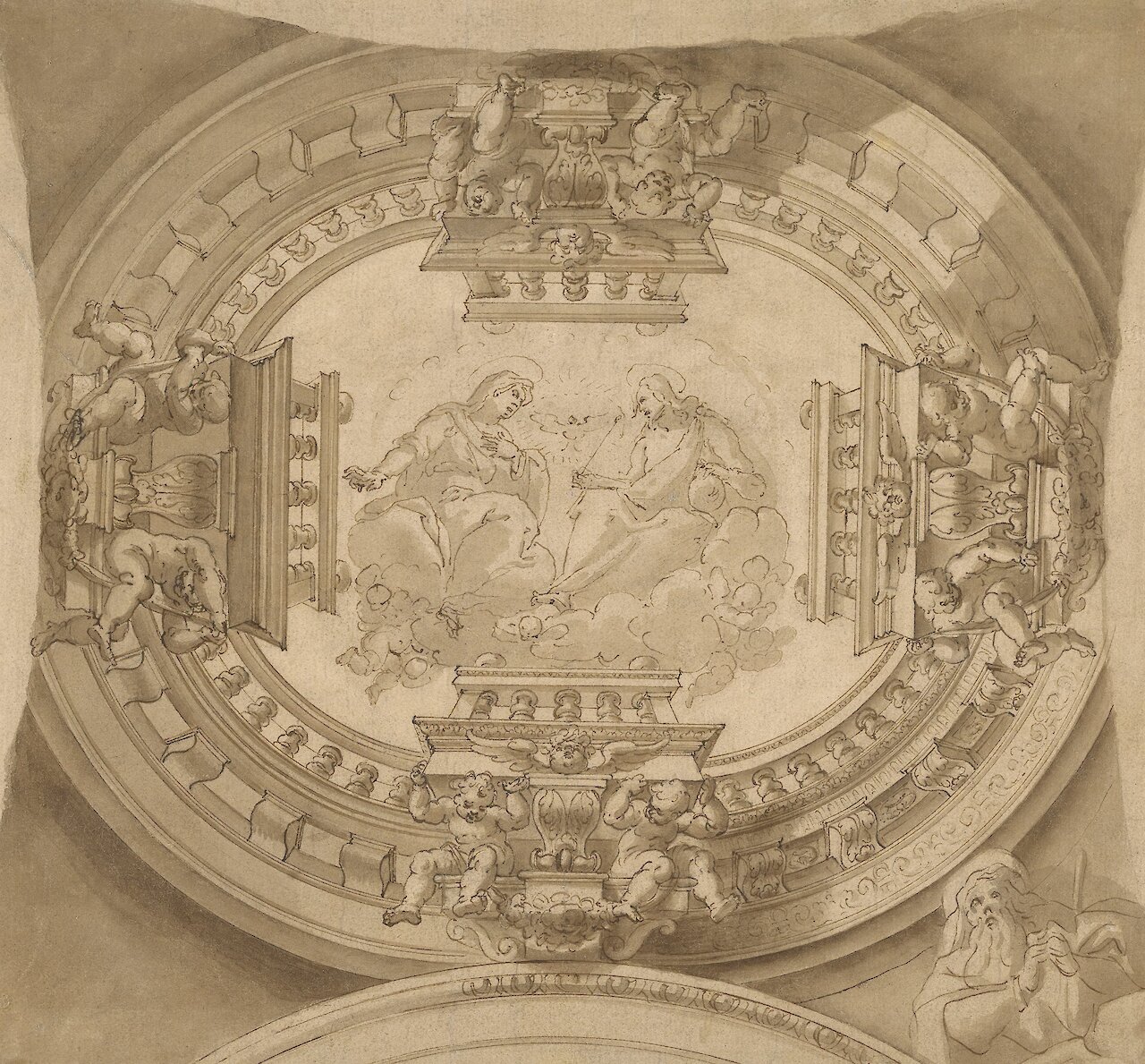
Study for a Ceiling with the Virgin and Christ in Glory
by Francisco Rizi, circa 1678
- Medium
- Pen and brown ink and brown wash with some graphite
- Dimensions
- 26.7 × 28.9 cm (10 1/2 × 11 3/8 in)
- Notes
Francisco Rizi made this complete decorative and architectural design for a cupola, a small dome of a church. The central compartment depicts the Virgin Mary and Christ seated amid clouds and framed on four sides by pairs of putti supporting balustrades. In the lower right corner, Rizi drew a prophet. Rizi was Madrid's major practitioner of illusionistic architectural painting, or quadratura, which Italian artists had introduced earlier in the 1600s. The building for which this design was intended is not known.
- Location
- J. Paul Getty Museum
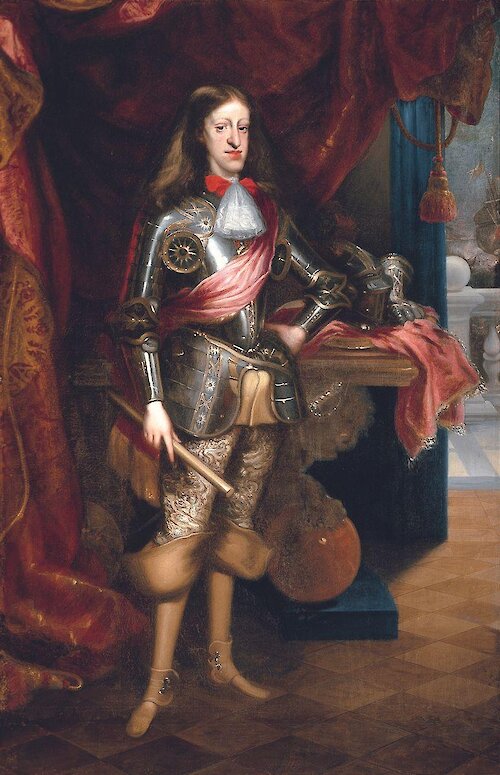
Charles II, King of Spain
by Juan Carreño de Miranda, 1679–1680
- Medium
- Oil on canvas
- Dimensions
- 206 x 136 cm (81 1/8 x 53 9/16 in.)
- Credits
- Presented to the Hispanic Society by Archer M. Huntington, 1908. Hispanic Society of America. All rights reserved
- Location
- Hispanic Society Museum and Library
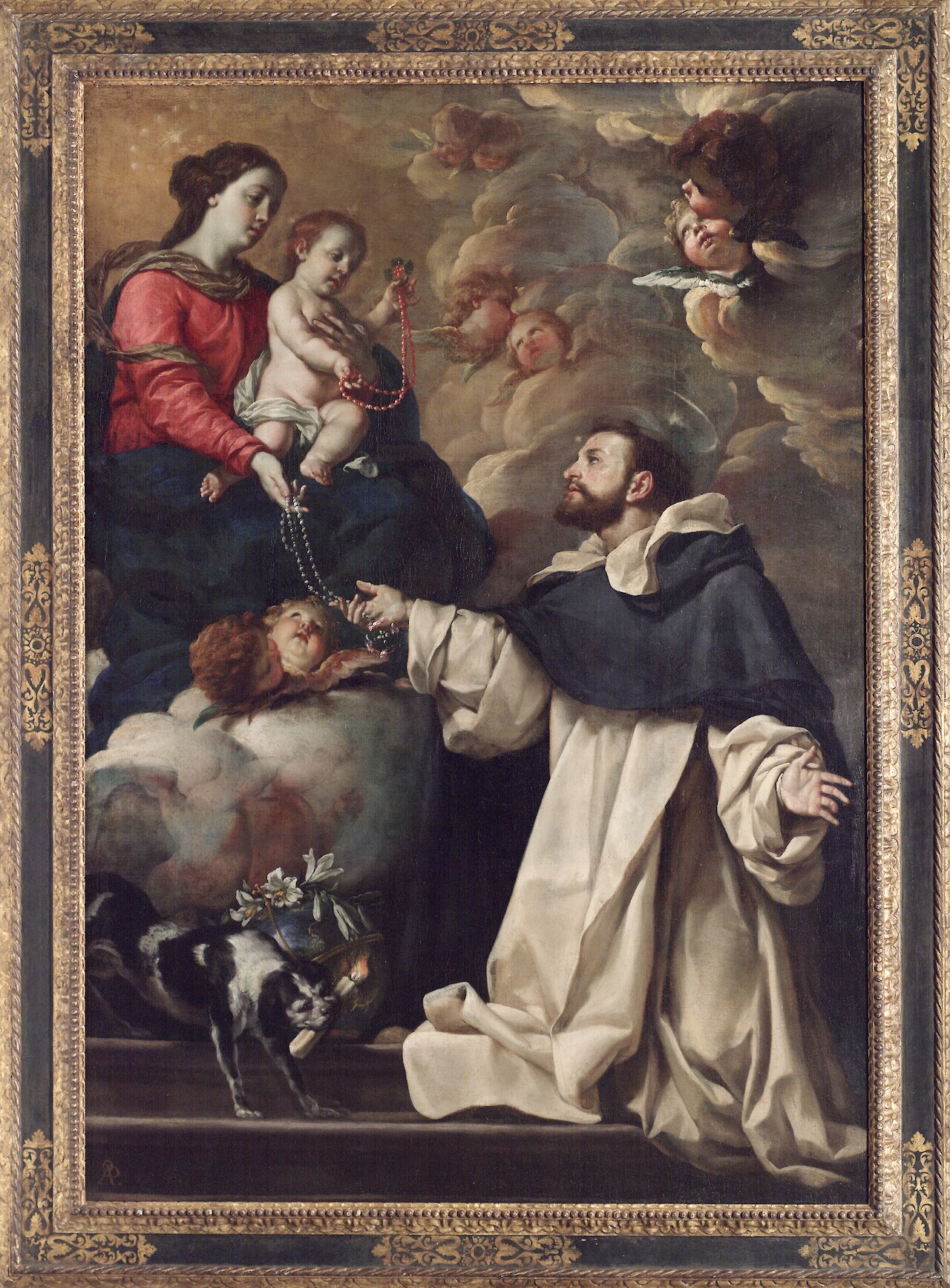
The Virgin Presenting the Rosary to Saint Dominic
by Antonio Palomino, circa 1679–1688
- Medium
- Oil on canvas
- Dimensions
- 206.1 x 145.1 cm (81 1/8 x 57 1/8 in.)
- Credits
- European Painting Purchase Fund, Margaret E. Fuller Purchase Fund and the Kreielsheimer Foundation
- Location
- Seattle Art Museum
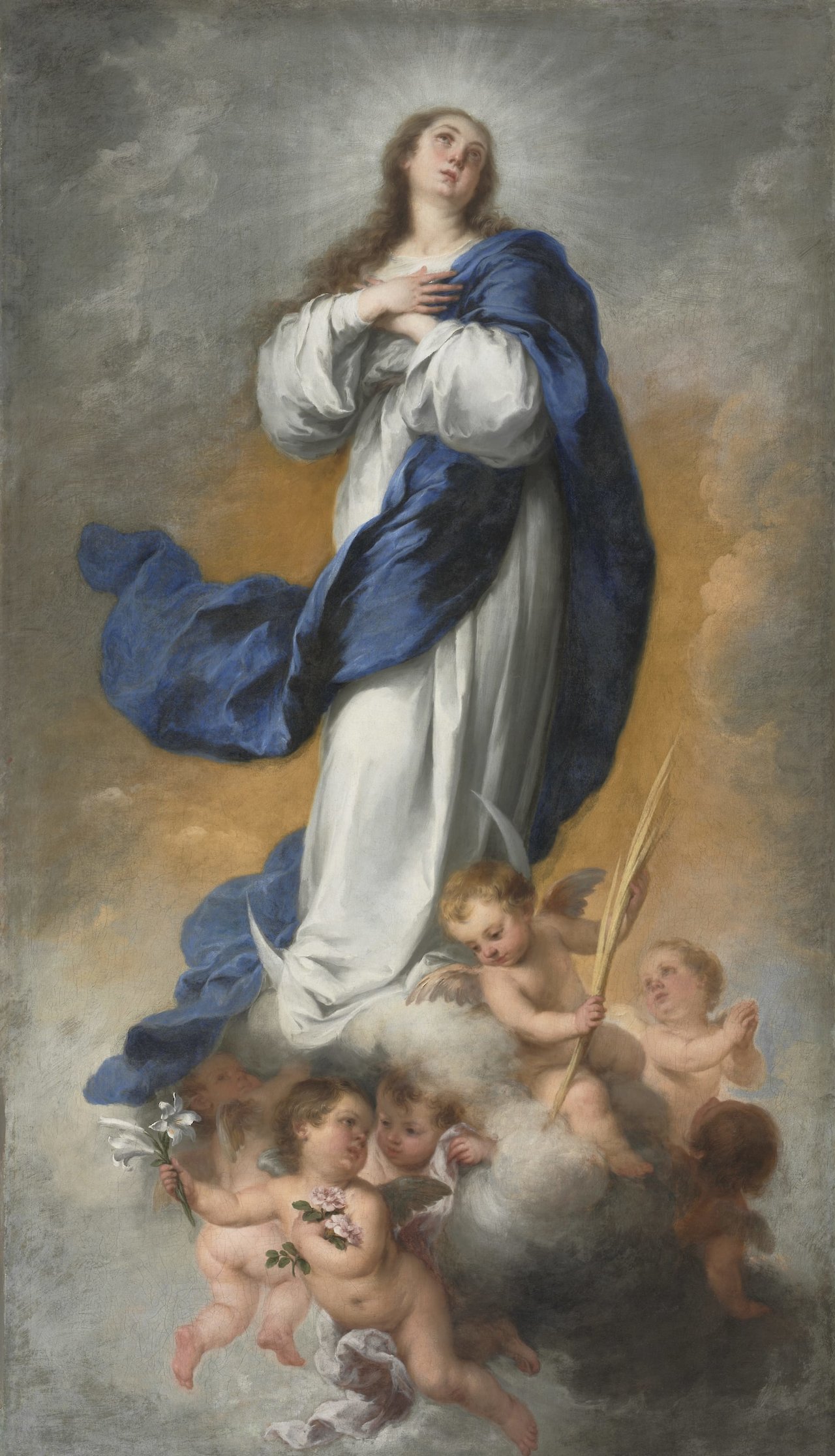
The Immaculate Conception
by Bartolomé Esteban Murillo, 1680
- Medium
- Oil on canvas
- Dimensions
- Framed: 246.3 x 152.7 x 8 cm (96 15/16 x 60 1/8 x 3 1/8 in.); Unframed: 220.5 x 127.5 cm (86 13/16 x 50 3/16 in.)
- Location
- Cleveland Museum of Art
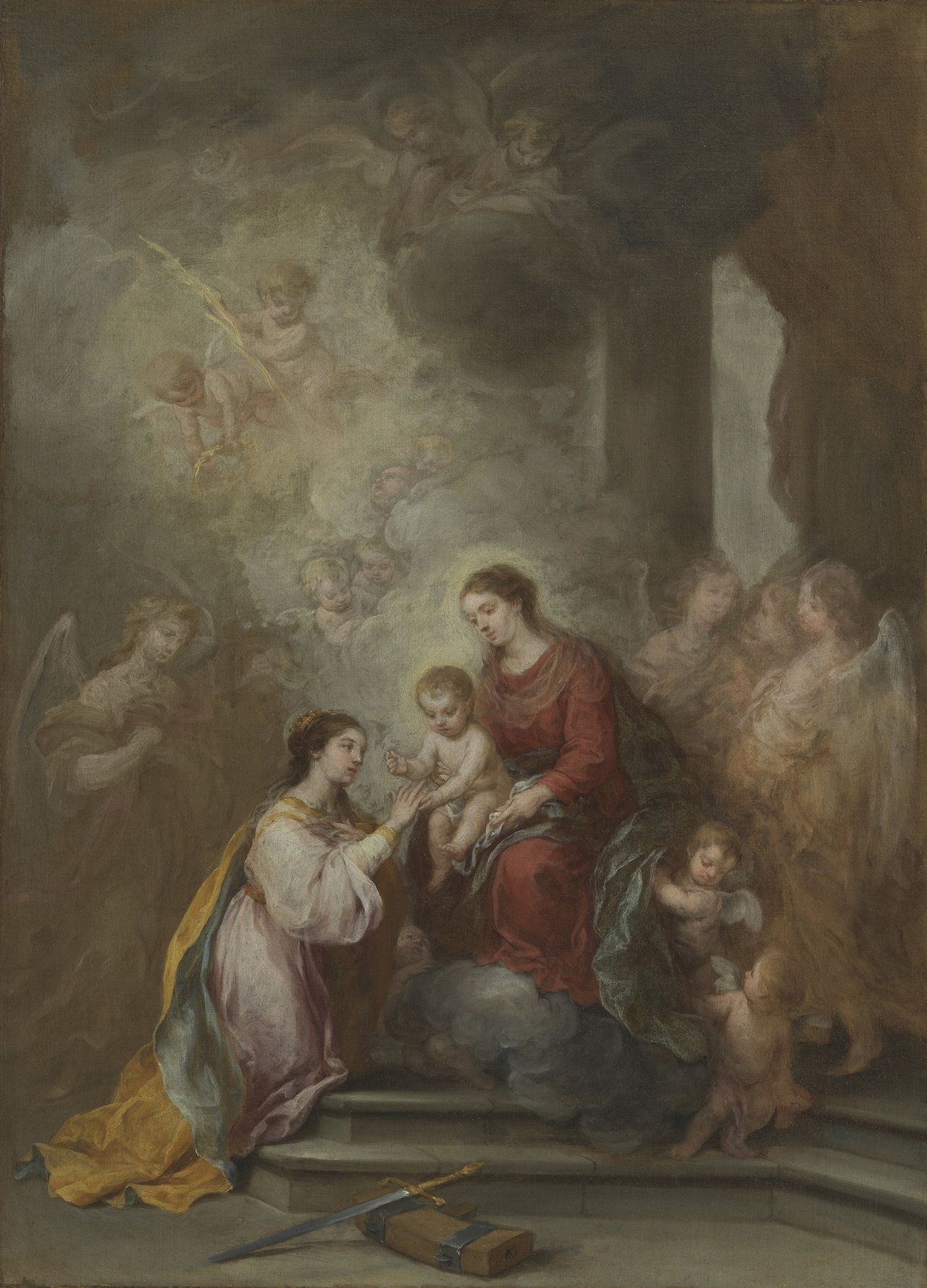
The Mystic Marriage of Saint Catherine
by Bartolomé Esteban Murillo, circa 1680–1682
- Medium
- Oil on canvas
- Dimensions
- 28 × 20 1/2 in (71.12 × 52.07 cm)
- Location
- LACMA
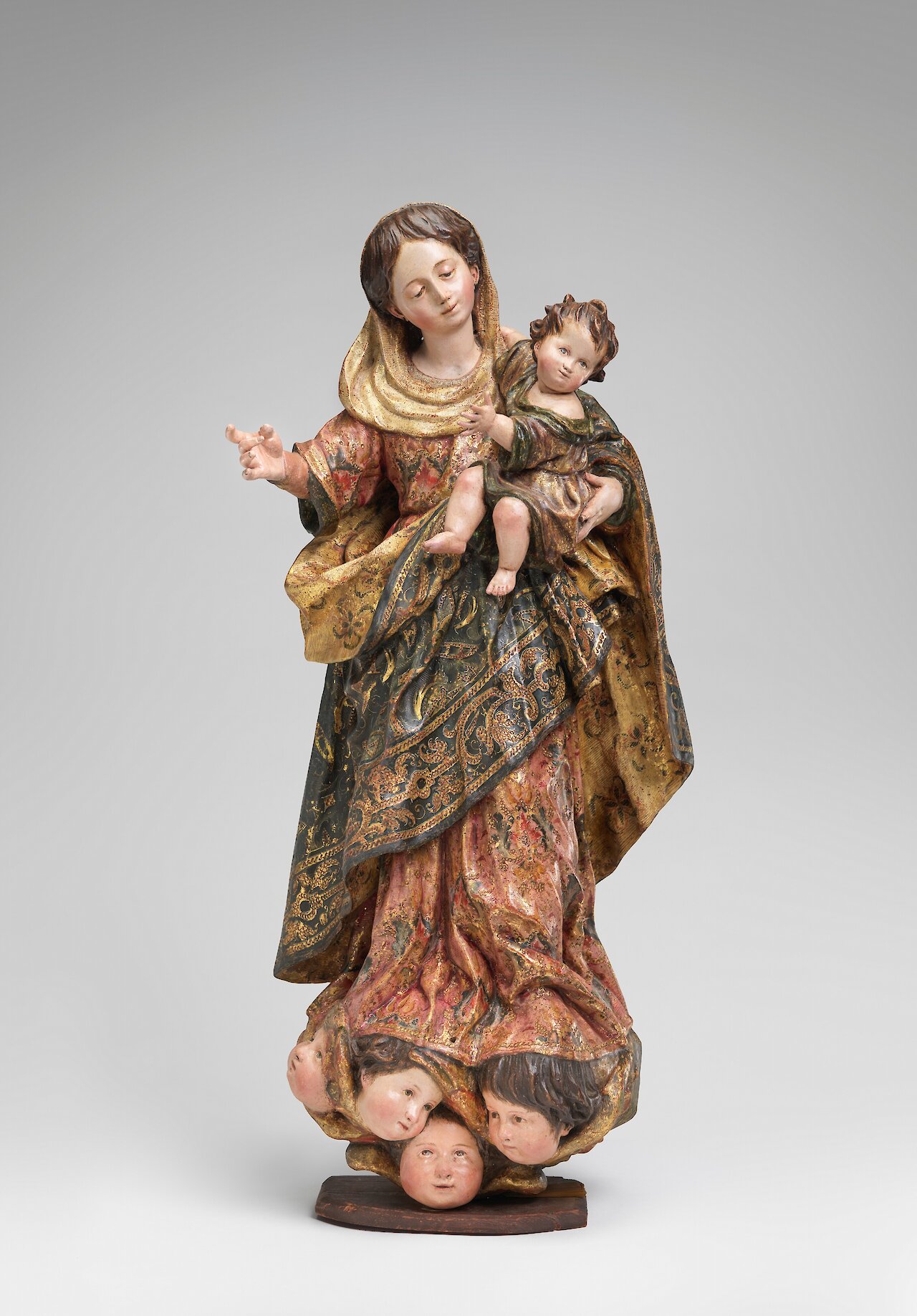
Virgin and Child
by Luisa Roldán (La Roldana), circa 1680–1686
- Medium
- Painted wood
- Dimensions
- 56.52 × 24.45 × 16.99 cm (22 1/4 × 9 5/8 × 6 11/16 in)
- Credits
- Pepita Milmore Memorial Fund, Patrons’ Permanent Fund and William and Buffy Cafritz Family Sculpture Fund.
- Location
- National Gallery of Art
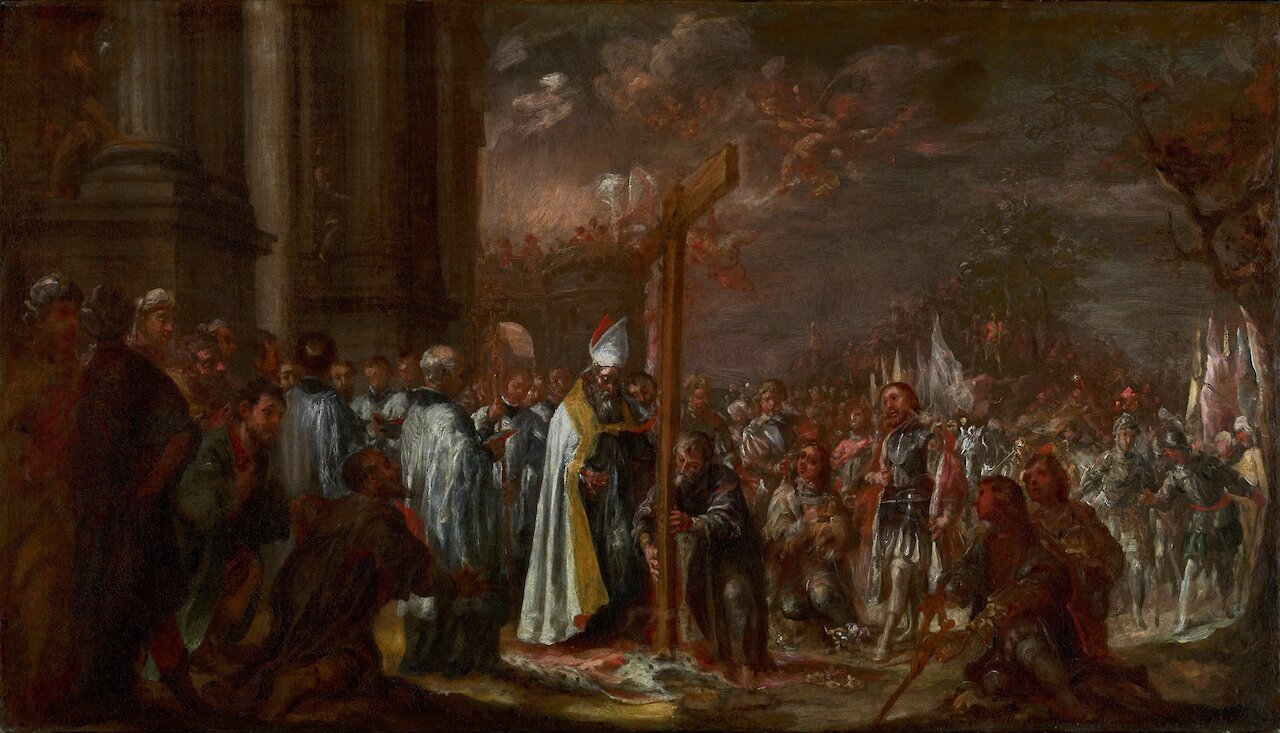
The Exaltation of the Cross
by Juan de Valdés Leal, circa 1680
- Medium
- Oil on canvas
- Dimensions
- Unframed: 62.9 × 107.6 cm (24 3/4 × 42 3/8 in); framed (approx.): 78.1 × 112.1 × 5.7 × 9.5 cm (30 3/4 × 44 1/8 × 2 1/4 × 3 3/4 in)
- Credits
- Anonymous gift in honor of Scott Schaefer
- Notes
Surrounded by a diverse array of onlookers, the Byzantine emperor Heraclius kneels and prepares to raise the holy cross. Barefoot and clad in drab robes, Heraclius has abandoned his fine clothing in order to pass through the gate of Jerusalem with humility. Standing beside Heraclius and clad in a bishop's mitre and white robe is the patriarch of Constantinople, Zachariah. Around this central pair, several spectators have dropped to their knees at the sight of the cross. In 628 A.D., having recovered the true cross from the Persians, Heraclius appeared at the gate of Jerusalem intending to enter in triumph. But as he and his followers approached the gate, stones fell from the walls, blocking his passage. An angel appeared and told him that in his opulent clothes, he could not enter through the same gate that Christ had humbly entered riding on a donkey. The message of this story is clear: the kingdom of heaven is open only to those who have forsaken the riches of the material world. The Exaltation of the Cross, in the form of a narrative series, appeared in several early Renaissance frescoes. But it is a subject rarely represented in painting. Juan de Valdés Leal frequently used painted sketches to work out his ideas for large-scale compositions. This oil sketch was created for his last major commission, a monumental fresco for the church of the Hospital de la Caridad in Seville, Spain. This preparatory sketch highlights Valdés Leal's agitated brushwork, thick impasto, vivid coloring, and dramatic sense of movement. Such painterly spontaneity perhaps reflects the spiritual fervor of this famously volatile painter.
- Location
- J. Paul Getty Museum